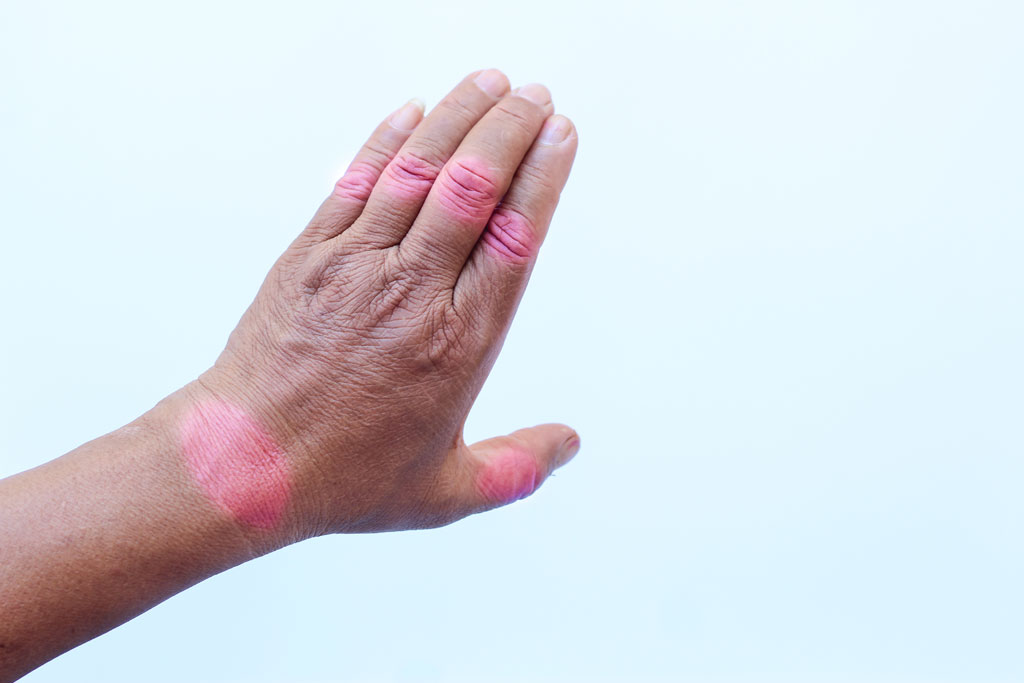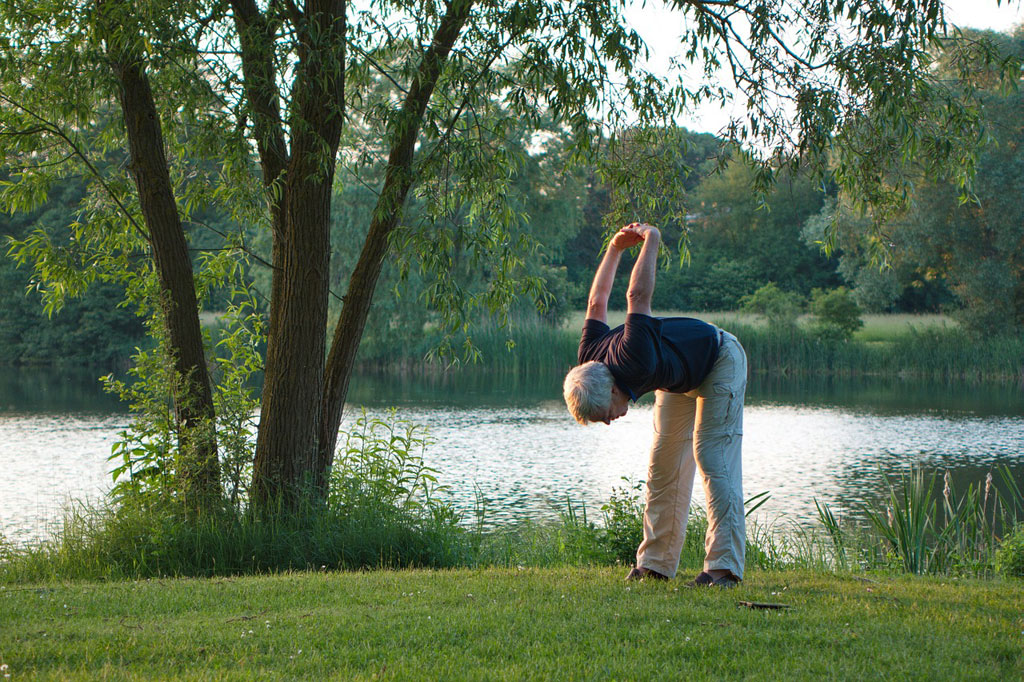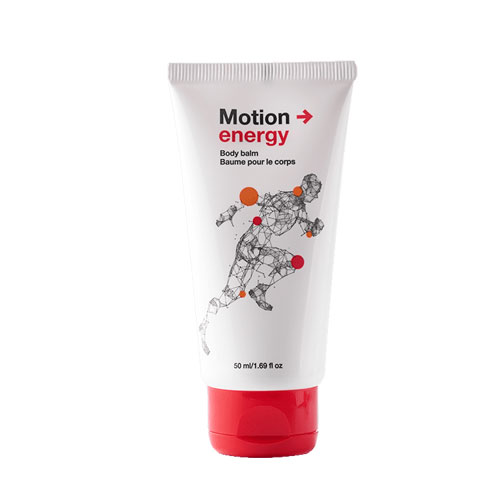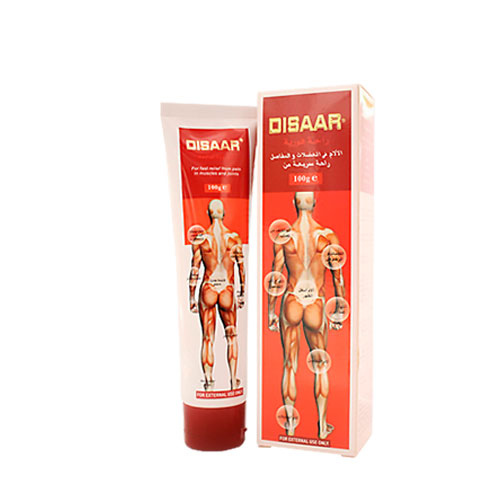best cream for sciatica pain
for a life
without pain!
Pain
What Is Dull Pain

During all of the different stages of life, starting all the way back from when you were just a defenceless newborn baby, through puberty when you start noticing major changes in your voice and physiognomy, your adulthood and even your well-deserved retirement days, life itself can prove to be a very complicated thing.
We are usually blessed with the most beautiful memories of those eventful moments in our lives such as childbirth, our first love, marriage and many more. Some are unfortunately not as blessed, or as lucky, since they carry the memories of the most painful and tragic moments that they had lived through. That in itself can only be described as pain.
Age cannot define pain, whether something painful happened when you were seven or seventy seven does not change the fact that painful moment is forever engraved into your memory.
Every person on this planet has experienced pain at least once in their lifetime. Headaches, abdominal pain, toothaches, more serious forms of pain such as contractions during birth, pain due to kidney stones, back pain or pain as a result of having some form of cancer. In other words experiencing pain is something we all have in common regardless of our age, gender, beauty or intelligence.
If you’ve ever had an uncomfortable feeling in your body to any extent, it’s probably caused by pain. This symptom of that uncomfortable feeling, discomfort, tingling, burning, pain, or injury tells your brain that something is wrong with your body and sends it as a warning message.
Starting with the nerves and spinal cord it transmits the message to your brain and other parts of the body.
Inside of your skin and just beneath it lie thousands of cells called receptors. Those receptors reveal light, cold, heat, pressure, touch, and pain. The main function of most receptors is to feel pain, the other function is to feel heat/cold.
Receptor cells communicate with your brain whenever you suffer an injury or trauma by sending messages along nerves and nerve pathways to your spinal cord. The spinal cord then sends those messages to your brain.
For example, in a case where some parts of organs and skin are cut during surgery, receptor cells have a task to send that information to the brain via nerves and the spinal cord. Therefore, if you are properly treated and given pain medication before and during surgery, you will not feel any pain because the said medication blocks those messages from ever reaching the brain.
Pain can be mild, severe, or something in between. In its mildest form, the pain is dull but just as annoying. It can be compared to the feeling you get when you accidentally scratch yourself. On the other hand, you may feel severe pain after the operation and after all of the medication stops. These are post-surgical pains, which may or may not be helped by painkillers.
In some cases, which happen rarely, you can’t alleviate the pain, not even with the help of medications or treatments.
Pain is an individual category. What is painful or uncomfortable for you may not be for someone else. One of the examples is going to the dentist. The dentist will ask you for the pain threshold before each intervention. Some people rarely get pain injections at the dentist, and in some cases even getting double doses of medication does not help.

Types of pain
Acute pain
This is the most common form of pain you can encounter.
Acute pain means that the pain you are feeling is generally short-lived over a longer period. For example, it could last for a few minutes, or up to three months (sometimes even up to six months).
This pain is associated with soft tissue injury or temporary illness. That is why acute pain subsides after the injury heals or the disease subsides.
Acute pain can turn into chronic pain if the cause is not treated properly, especially when it comes to injuries.
Chronic pain
Chronic pain is pain that lasts for a longer period of time (more than three or six months depending on the cause). It can be continuous or appear at intervals.
For example, headaches can be considered chronic pain when they last for months or years – even when the pain is not always present. Chronic pain is often the result of a medical condition, such as arthritis.
Neuropathic pain
Neuropathic pain occurs due to damage to nerves or other parts of the nervous system. It is often described in the form of shooting, stabbing and burning pain.
This pain can affect body sensitivity to the touch which can also lead to worse issues such as having difficulty in detecting heat or cold.
Neuropathic pain is a common type of chronic pain. It can be periodic (meaning it comes and goes), and it can be so serious that it makes it difficult to perform daily tasks.
Because pain can interfere with normal movement, it can also lead to mobility problems.
Nociceptive pain
Nociceptive pain is caused by damaging the body tissue. People often describe it as a sharp or throbbing type of pain. It is often caused by getting an external injury such as falling and scraping your knee, hitting your elbow or a toe, twisting your ankle etc. Those types of injuries can be the main cause of nociceptive pain.
This type of pain often occurs in the joints, muscles, skin, tendons, and bones. It can be both acute and chronic.
Radicular pain
Radicular pain is a specific type of pain that can occur when the spinal nerve is compressed or inflamed.
Back pains can be felt in your hips and can progress down your legs. Pain often travels through your spine and through the roots of the spinal nerve.
If you have radicular pain, you may feel symptoms such as tingling, numbness, and muscle weakness. The pain centered in the back is a radiculopathy, but it is better known as sciatica because that type of pain is the result of an affected sciatic nerve.
This type of pain is often persistent and can even be felt deep inside the leg. Walking, sitting, and doing some other activities can worsen sciatica. It is one of the most common forms of radicular pain.
Do I Have Sciatica
Signs and symptoms
What does sciatica pain feel like?
People describe sciatica and its pain in many different ways, depending on the cause. Some describe it as a sharp, shooting, or twitching pain. Others describe this type of pain as “burning”, “electric” or “stabbing”.
This pain may be constant for some, but for others it comes and goes at different intervals. Pain is usually sharper and worse in the leg area rather than the lower back area. Sitting or standing for longer periods of time, or even standing up and twisting your upper torso can have negative effects. Some harsh or sudden body movements such as coughing or sneezing can also make the pain you already feel much worse.
Can you have sciatica in both legs?
Sciatica usually occurs in only one of your legs, however there is a possibility of it occurring on both. It depends on the question of where the nerve squeezes along your spinal column.
Does sciatica occur suddenly, or does it take time for it to develop?
Sciatica can occur both suddenly and gradually, it entirely depends on the cause. For example, a herniated disc can cause a sudden pain, while arthritis in the spine develops slowly over time.
True sciatica injury is a rare occurrence. The term “sciatica” is more commonly used to describe any type of pain that originates in the lower back and radiates down the legs. Something that is commonly described as this type of pain is nerve injury – irritation, inflammation, pinching, or compression of the nerve in the lower back.
People who suffer from sciatica feel harsher or lighter pain in the area through which the sciatic nerve travels, those areas include lower back area, hips or legs. Sciatica can also cause muscle weakness to occur alongside numbness and tingling in your legs, feet and toes.
Causes
What is sciatica?
Sciatica is a type of nerve pain that can be caused by an injury or due to irritation of the sciatic nerve which originates from your gluteal area/buttocks. The sciatic nerve is the longest and thickest (almost finger-width) nerve in the body. It consists of five nerve roots: two from the lower back called the lumbar spine and three from the sacrum’s end.
The five nerve roots form together into right and left sciatica. One sciatic nerve, located on each side of the body, passes through the hips, buttocks down the legs, ending just below the knee. The sciatic nerve then branches out to other nerves, which continue branching down your legs all the way to your feet and toes.
Treatment
Sciatica can be treated with proper medication, creams, exercises and surgeries.
Arthritis

Rheumatism is not a medical condition, although most people often use this term to describe general and persistent pain.
Arthritis is a disease that contains hundreds of different conditions that cause pain or damage to the joints.
Osteoarthritis is the direct result of joint wear and tear, while rheumatoid arthritis results from an immune response. These two conditions also cause different symptoms to occur.
Difference between osteoarthritis and psoriatic arthritis
- Rheumatoid arthritis is more likely to affect the middle and lower joints of the fingers.
- Osteoarthritis is more likely to affect the wrist, the base of the thumb and the fingertips.
- Rheumatoid arthritis tends to affect both sides of the body, while osteoarthritis often affects only one side.
- After a person with rheumatoid arthritis is done resting it could take up to one hour for the pain to start subsiding, meanwhile pain and stiffness caused by osteoarthritis starts subsiding right after activity.
- The main symptoms of osteoarthritis affect the joints while rheumatoid arthritis can cause flu-like symptoms, which can appear right before joint pain.
What is the most common type of arthritis?
Rheumatism – Rheumatoid arthritis
Osteoarthritis – degenerative arthritis

Rheumatism – Rheumatoid arthritis
How I knew I had rheumatoid arthritis?
Rheumatoid arthritis can be similar to other diseases, however if arthritis is suspected the doctor will conduct some tests in order to determine the exact level of inflammation or will take a series of ex-rays in order to find signs of arthritis inside the bones and joints. Those diagnosed with RA will show unique symptoms, some of the most common ones are as follows:
- Stiffness in joints during the morning that can last longer than one hour
- General weakness
- Fatigue
- Joint pain
- Swelling of the joints
- Reduced range of motion
- Symptoms are likely to worsen and are followed by more pain and discomfort
Rheumatoid arthritis is classified as an autoimmune disease that more commonly affects women and those over the age of 21. Studies that have been conducted show that various factors contribute to the diagnosis of arthritis.
What is the root cause of rheumatoid arthritis
For years the doctors have thought that this is a form of hereditary disease that is passed down from generation to generation. During the last few years arthritis has been defined as a disease with environmental and genetic factors. Medical science believes that a viral or bacterial infection triggers those who are genetically predisposed which causes the development of arthritis.
Rheumatoid arthritis is an autoimmune disease that causes body inflammation by fighting against its own immune system. Our immune system defends our organs while simultaneously energizing them which helps them function properly.
Once arthritis activates it sends signals to the immune system causing it to attack itself. It is centered inside of the fluid which surrounds the joints where it slowly worsens the health of a healthy joint.
Rheumatoid arthritis treatment guidelines
Accepted treatments for rheumatoid arthritis include surgery, physical therapy, anti-inflammatory and anti-rheumatic drugs, corticosteroids administered by a physician and, ultimately, joint replacement.
Regular exercise plays a vital role in the prevention and treatment for all forms of arthritis. Exercise is key to reducing pain and slowing down joint deterioration, it can also help prevent joint stiffness.
In order for those exercises to have any effect you need to respect your body’s limits by not overdoing any of them. Right exercise can help in keeping the joints healthy by stimulating the flow of synovial fluid to and from cartilage, it can strengthen the supporting, protective structures (muscles, tendons, ligaments), and increase range of motion, shock absorption, and joint flexibility.
Exercise is extremely important both in prevention and the treatment of arthritis because unused joints can stiffen over time. Proper instruction for certain exercises is crucial because it can be detrimental to what might be a normal light activity. Swimming, water exercise, yoga, and tai chi are slow and easy enough to do in order to loosen up the joints without causing additional discomfort.
Osteoarthritis – degenerative arthritis
Osteoarthritis usually affects people over the age of 40, women, and people who have had it through generations.
Signs and symptoms
- Pain in the joints during movement
- Joint pain with changing weather
- Swelling of the joints after movement
- Bone protrusions on the knuckles
- Loss of joint flexibility
What is the most common cause of osteoarthritis?
Osteoarthritis affects the smooth cartilage that coats the joint and can lead to reduced mobility, stiffness, and pain. Swelling and osteophytes can develop as the result of ligaments and tendons which have to work harder in order to compensate for the thinning of the cartilage mucosa.
It is treated mainly with medication, special aids which protect the joints, exercise, and surgery.
Ten ways hot to reduce back pain
Movement
You may not like the idea of moving especially when you are in pain but it’s probably the first thing your doctor will recommend.
You should try following the usual level of everyday activities and movements. This may include 30 minute walking, jogging or even taking your dog out. The main goal is for you to go out for a short walk at least three times a week.
Stretch and strengthen

Muscles, especially those located in the abdominal core, help support the back. In addition, strength and flexibility can help soothe the pain and even prevent it.
If you are of older age or if you are simply worried about overdoing it, you can do stretching and strengthening exercises later in the day after your body warms up.
Yoga, pilates, and tai chi are just some of the recommended exercises for strengthening your core and muscles round your hips. One exercise that targets the entire upper and lower back is done by lying on your stomach and lifting your legs and arms up in a flying position.
Good posture
Having good posture helps in relieving most of the pressure put on your lower back. You can use straps, or stretchy straps to help keep your spine straight. Your main goal is to keep your head centered over your pelvis. Do not lower your shoulders or lift your chin forward.
If you are working in front of a computer, rest your hands evenly on a table or a chair and keep your eyes on the same level with the top of the screen. You should use many short breaks to get up from your chair, stretch and walk regularly.
Maintain body weight
Losing a few extra pounds eases the load on your lower back.
Losing weight helps with pain because it reduces the amount of mechanical force put on the spine.
In case you need help with weight loss you should ask your doctor for advice on which diets and exercises will have the best effect.
Stop smoking
Research suggests that you are four times more likely to have degenerative disc disease or other spinal problems if you smoke.
Cigarettes and other tobacco products contain nicotine which can weaken the spine and take away vital nutrients of spongy discs that soothe your joints. A healthy spine keeps your back flexible, and prevents your muscles from becoming stiff and painful.
Cold and warm
You may have heard that one option is better than the other when it comes to relieving back pain, however, the best option is the one that suits you the most.
You should try both options so you can find out which one is most suitable for your relief.
Ice is usually the best option if your back hurts, however, a warm-up pad can be a better option if you’re trying to relax stiff or tense muscles.
Cold or warm compresses should not be used for longer than 20 minutes. Do not use them if you apply creams or ointments for muscle pain on the skin.
Get to know your OTC medications
Over-the-counter pain medications can help with muscle aches and stiffness. The two main types of over-the-counter options are nonsteroidal anti-inflammatory drugs (NSAIDs) and acetaminophen. NSAID drugs include aspirin, ibuprofen, and naproxen.
True to its name, NSAIDs help reduce inflammation that can lead to swelling and tenderness. Acetaminophen, however, does not relieve inflammation. You can use any type of pain reliever for occasional back pain. NSAIDs may have a better effect if you suffer from spinal arthritis or any other inflammatory conditions.
Use healing creams
Skin creams, salves, ointments, or patches can be of great help when your back feels stiff, sore or tense. Many of these products contain menthol, camphor, or lidocaine that can cool down the heat or numb the affected area.
You should only put creams on the areas that hurt, if those areas are out of your reach you should ask someone to help you apply them.
Dietary supplements
The best way to take vitamins and minerals is from food. You can also ask your doctor if taking certain supplements can be of any help.
For example, many people don’t have enough vitamin D, which is important for bone health. This can happen due to lack of sun exposure or simply because your body cannot absorb enough vitamin D from food.
Magnesium deficiency can lead to muscle weakness and cramps. Turmeric is a vivid yellow spice associated with ginger and it can help soothe inflammation.
Always talk to your doctor first before taking any supplements.
Towel
A rolled-up towel can surprisingly be a handy tool for relieving back pain. You can try putting it under your pelvis while lying down, after you’ve done that let your hips relax over the towel in order to help relieve tension in your lower back.

The best creams for back pain
The best cream for back pain should be natural, safe and effective. Therefore, we examined three creams that had the best performance and gave the best results on a large number of subjects.
Motion Energy

- Eucalyptus essential oil, eucalyptus leaf – Soothes pain, boosts all-natural cells regrowth
- Rosemary essential oil – Enhances blood circulation as well as nourishment of damaged tissues
- Cinnamon essential oil – Tones up fill with energy as well as stimulates
- Ginger extract – Eliminates swelling and pain, alleviate inflammation
Pain Relief Gel

- Propolis – It eases swelling and pain, has a strong venotonics impact, and helps in the resorption of blood clots. In addition, it promotes active tissue recovery, triggers metabolism.
- Olive oil – Natural prоduct that contains many vitamins and minerals required by the joints helps accelerate the metabolic process and quickly absorbs.
- Beeswax – It has a regrowing and hemostatic impact.
- Soyabean oil – Soyabean oil includes omega-3 and omega-6 fatty acids that have anti-inflammatory results and supply consequently remedy for rheumatoid arthritis symptoms (or signs of arthropathy of inflammatory nature).
- Buckeye – Has an anti-inflammatory effect, which will help you to secure free of edemata and pains.
Testimonials
David Almera, sports medicine expert,
Pain Relief Gel is a great item for osteoarthritis and osteochondrosis. I recommend it to all my clients who suffer from back or joint pain. Pain Relief Gel quickly relieves discomfort and inflammation, restores joints and ligaments. This can help you go back to your active life.
The gel is also reliable versus age-related degenerative processes. I use it for osteochondrosis as well, as I like its quick and also long-term effect. Continuous usage will aid you in ignoring back troubles.
Usage
Take a little bit of the gel from the tube and put it onto your hand, apply it to the affected area using circular rubbing motion until the skin completely absorbs it. Repeat the procedure 2-3 times a day for 21-40 days.
Order instructions
- Fill out the purchase order form below and enter your shipping information.
- Our carrier will call you shortly after we receive your order. Please enter your phone number correctly and answer our operator’s call.
- Pay your products in person to the courier at your address by cash on delivery.
QUALITY GUARANTEE We sell only original products, they come with an official guarantee.
PURCHASE SAFETY We work directly with the manufacturer and therefore we can afford to offer you promotions and low prices.
We deliver by courier service, you pick up at the post office at your address no matter where you live.
Price
Motion Energy
- United States: 49 $
- Great Britain: 49 £
- Ireland, Germany, Austria, Italy: 49 €
Pain Relief Gel
- Saudi Arabia: 249 SAR
- United Arab Emirates: 199 AED
By clicking on this LINK we guarantee you quality and original product. We monitor the market for you, find the best offers and inform you about them.
Order


